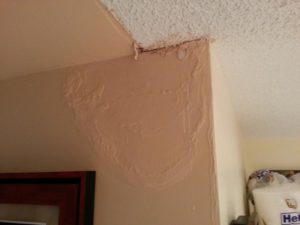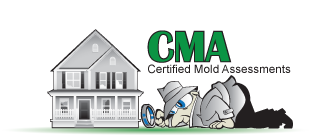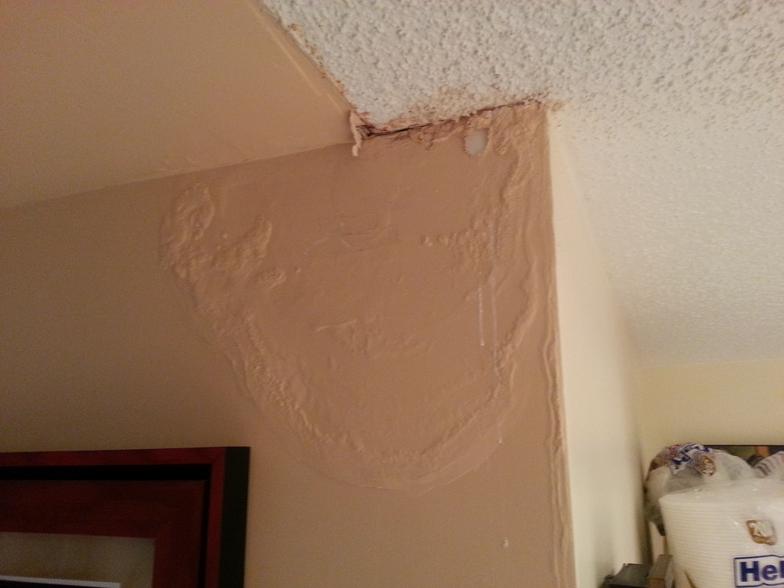 We’ve all heard stories about mold infestations that make people ill, but these are usually cases of gross negligence — right? We may see pictures of mold-infested homes and think, ‘that will never happen to us.’ The truth is, however, that most problematic mold infestations aren’t going to produce dramatic photos, or make the evening news. Mold can be just as problematic when it grows out of sight, unnoticed by residents or guests. In fact, mold is happier this way. It doesn’t want to be obvious — it wants to go about its business undetected as long as possible.
We’ve all heard stories about mold infestations that make people ill, but these are usually cases of gross negligence — right? We may see pictures of mold-infested homes and think, ‘that will never happen to us.’ The truth is, however, that most problematic mold infestations aren’t going to produce dramatic photos, or make the evening news. Mold can be just as problematic when it grows out of sight, unnoticed by residents or guests. In fact, mold is happier this way. It doesn’t want to be obvious — it wants to go about its business undetected as long as possible.
But let’s say you have one of those sneaky, invisible infestations where mold grows behind the walls, in crawlspaces, in ductwork, in basements or attics. Is it really such a big deal? Are the health risks from such a seemingly insignificant thing really so drastic, or is it all a lot of hype?
The truth is, exposure to mold has definite health risks that have been documented extensively by various government and health agencies. So what exactly are the risks?
According to the Centers for Disease Control and Prevention (CDC), the presence of mold can cause an array of health problems, ranging from mild to serious. Some of the more mild health effects of exposure to toxic mold include stuffy nose, irritation in the throat and eyes, and skin rash. Coughing and wheezing are also common side effects of mold exposure, but this leads into the more serious health effects of mold.
A definite link between mold exposure and upper respiratory tract issues has been established by the Institute of Medicine (IOM). If someone who already has these issues is exposed to mold, they’re likely to worsen considerably as a result of mold exposure. Someone who is asthmatic, for example, will likely see their condition exacerbated by exposure to mold spores.
The same goes for lung illnesses and infections. Anybody who already has such a condition will almost certainly be effected negatively by mold exposure, while perfectly healthy people can end up with such a condition if mold exposure is sustained and strong enough.
In extreme cases where people are exposed to high levels of mold spores over a long period of time, various neurological health issues have been also found. Mental cloudiness and fogginess, along with severe headaches, have been reported in patients who have been breathed in abnormally high levels of mold.
Keeping the health risks of mold at arms’ length
There are enough health risks in our homes and environments already — nobody needs the added risks presented by sneaky mold infestations. The very best way to stay on top of mold problems (both in the short- and long-term) is taking steps to prevent mold growth in the first place. Follow well-established mold prevention tips, and if you’re not sure whether you currently have a mold issue or not, it’s smart to get in touch with a qualified mold inspection specialist. This will give you greater peace of mind. It will also give you a comprehensive solution if there is a problem. The health risks of mold can be dealt with fairly easy if you know who to call!

